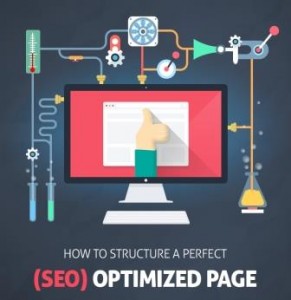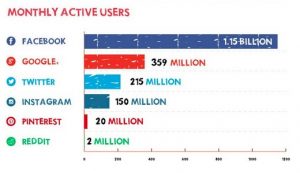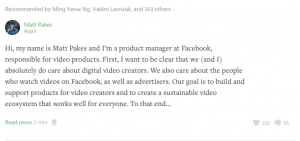— July 1, 2017

Free-Photos / Pixabay
In today’s global climate, there are big challenges for ambitious businesses, especially as the growing US skills gap makes it harder to acquire talent and places greater importance on retention in order to sustain rapid growth. For years now, intelligent use of data has been touted as the route to success for business units including marketing, sales and finance, but finally we are starting to see an understanding of the benefits of data science in people management and the development of Chief People Officer roles in response. Traditionally, HR functions have captured information about employees passively to meet legislative requirements, but for fast growth organizations this is no longer enough.
People Science forms the foundation of a company that puts people at the center of their organization, what we call a ‘People Company’. This approach takes the intuitive power of HR and adds data evidence to support ideas, investigate theories and take pre-emptive action.
Research conducted amongst 500 global HR leaders for our Becoming a People Company report found 92% would like to use people data to improve their business and 87% said more should be done to put people at the heart of the organization. However, approximately two-thirds of HR leaders are not using data to support their decision making or to inform strategic planning for the business.
So how can HR leaders turn data into actionable business intelligence to improve workforce performance and contribute to rapid growth?
1. Catch up with gazelles
While the majority of organizations (63%) aren’t taking a data-centric approach, there is one group that is: fast-growing ‘gazelle’ organizations. We define gazelles as fast growth companies that have increased their revenues by at least 20% annually for four years or more. The research shows that these organizations are far more advanced in HR than the average company.
Gazelles tend to have full HR automation (80%) so they can report faster and more easily on a range of influential HR metrics. If asked to report on headcount within a single day, 84% can do it; that’s 16 percentage points higher than non-gazelles. They can also more easily report on high potential employees (58% v 42%) and have a roadmap in place to address people data shortcomings (92% v 66%). These high-growth organizations can see what’s working and what needs to change and then take action confidently to make sure they’re supporting employees to achieve their potential.
2. Mind the gap
People Science is a new way of looking at how companies can relate to their employees that focuses on understanding and engaging with people, not just managing workers as resources or capital. Unsurprisingly, 92% of survey respondents said they’d like to use People Science to improve their business.
The research also positively showed a movement across all organizations to make a highly visible change to implement People Science: 17% have appointed a Chief People Officer to put People Science at the heart of their business. Appointing a Chief People Officer helps to make People Science a business-wide, business-critical role that integrates with every part of the organization.
3. Unlock the data’s potential
Using every lever available to improve performance is the key to rapid business growth. The challenge is putting systems in place to collect and analyze HR data for tangible benefit – 31% revealed, they don’t currently have the right technology in place to interpret the necessary people data. Adopting the right tools to gather data is crucial for empowering HR to move away from old-style laborious administrative and manual processes and spreadsheets and turn people data into business intelligence. With data processing tools, HR can better use the available data to understand what employees want and take action to provide great workforce experiences that fuel productivity and business growth.
4. Spread the word
Almost every organization we spoke to had an awareness of the potential to use people data to improve their business; even if they haven’t yet adopted the approach. HR leaders are calling for urgent changes over the next 2 years so they can make better use of people data to support their organization’s drive to meet growth objectives (96%), have greater agility (71%), and improve employee retention (70%).
To catch up with the fast growth gazelle organizations, start by having a conversation with your executives about how a more people-centric approach can positively impact the bottom line. Find out where your organization is on the People Company journey by completing this people company profiler and discuss the results internally.
As the pressure to grow and innovate is continuous, HR and people leaders must take the primary role in ensuring their organizations have the workforce needed to get it done. By following these four steps, you can help to transform your organization by putting the data and systems in place to put people at the center of the business.
Business & Finance Articles on Business 2 Community
(57)







